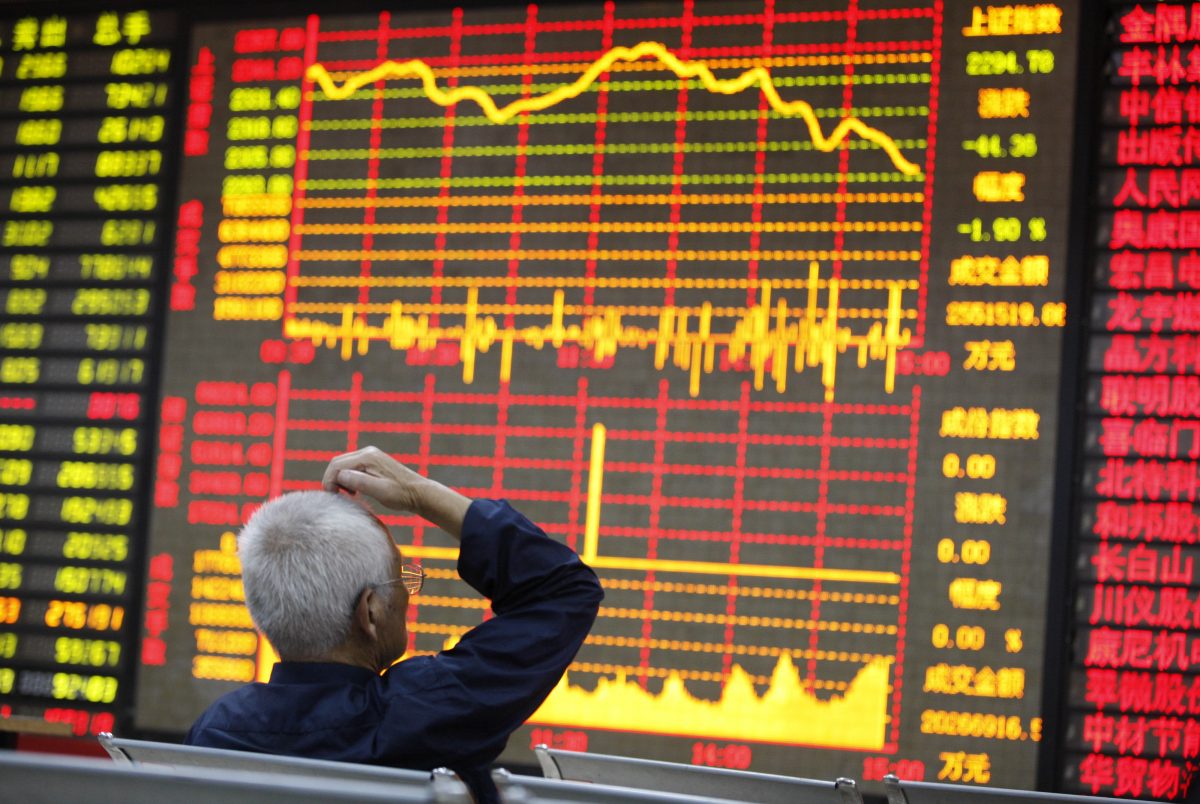China is possibly going to encounter a series of social and economic challenges in the coming years. First and foremost, the country’s ageing population is likely to become the biggest drag on China’s economic rise. Current statistics suggests that in 2021, more than 17.5 per cent people will be above 60. Nine years later, the greying of China will be even sharper, when a quarter of its population will be above that age. There are neither adequate healthcare facilities nor is the social safety net expanding fast enough to take care of China’s growing army of the elderly.
China’s ageing crisis will have a debilitating effect on the labour force. The productive workforce will shrink. As China’s workforce diminishes, the 60-65-year-old cohort will increase. Keeping this group and the ‘young olds’ healthy and active is going to be an impending challenge for China. Productivity which is largely dependent on labour force comprising skilled and semi-skilled labour will also be affected.
China's claim of lifting people out of poverty may not hold good as more people may sink below the poverty line. China has started counting on robots and automation to fill the gaps in the labour force. But speed of automation may not be sufficient to quickly offset the decline in the labour force. The social safety net and retraining programmes will be increasingly important to help people shift as the job scenario changes.
A second domestic weakness that is visible is its lack of innovation and misutilization of Intellectual Property Rights (IPR). In the pursuit of economic success and high growth, China, to a great extent has violated the norms and rules of IPR. Several disputes are also pending in WTO Dispute Settlement Mechanism (DSM). If digital services take edge over the movement of goods, then design, data, transmission of ideas will be crucial and will need IPR protection. This is where China’s future reputation will be at stake. India should take serious advantage of the situation.
Thirdly, China will face a crisis in steering its economic growth as its over-reliance on foreign investment may take a beating. This is expected because the spectre of Covid-19 ‘origin’ is going to haunt China for some time. China’s debt to GDP is already very high to the tune of more than 303 per cent. Borrowings in the form of corporate, household and government debt have been profusely high which may cause serious damage to the growth of world economy and international trade.
All this debt builds up over the years as the financial system adequately channelled resources to investment during China’s rapid growth phase. But the state-dominated system turned out to be more inefficient than the private enterprises, as a result certain amount of borrowing has not been recovered. Old investment-heavy growth model is running out of steam because the debt-to-GDP ratio has been rising inexorably since the global financial crisis. If lending is financing productive investment and growth, then this ratio should be stable or slowly rising.
The evidence suggests that for over half of the infrastructure investments in China made in the last three decades, the costs are larger than the benefits they generate, which means the projects destroy economic value instead of generating it (Oxford Review of Economic Policy, Volume 32, Number 3, 2016). Such dramatic development only confirms that China is currently sitting on a bomb which is going to explode soon.
Fourth, The Made in China 2025 industrial policy is trying to direct innovation in 10 key industries. This approach is unlikely to succeed and has caused great consternation among trading partners because of IPR and technology violations.
The recent tech war between USA and China has already put China in a controversy; accusing Beijing of trying to access personal data, defence establishments documents and play a critical role in political affairs.
On the carbon emission front, China is currently a major emitter. Its industrialization drive at the cost of clean environment is currently a topic of burning discussion in the global climate change forum.
Forums like the UN, WTO need to deal with modern environment and trade issues stringently. IPR, regulation relating to investment, dumping, cross-border data flows and subsidies where China seems to have operated non-transparently over couple of decades need to be pursued to create institutions that should prove objectivity and transparency of global concerns and issues. A strengthening of these multilateral institutions that provide critical global public goods is required for the world economy to function smoothly. This will require practical compromises between China and the United States, and more generally between developing and advanced countries. China will need to take on more responsibilities commensurate with its current power status.
(The author is former senior faculty, IIFT Delhi and currently Professor and Area Chair, Lal Bahadur Shastri Institute of Management (LBSIM), Delhi, India).




















